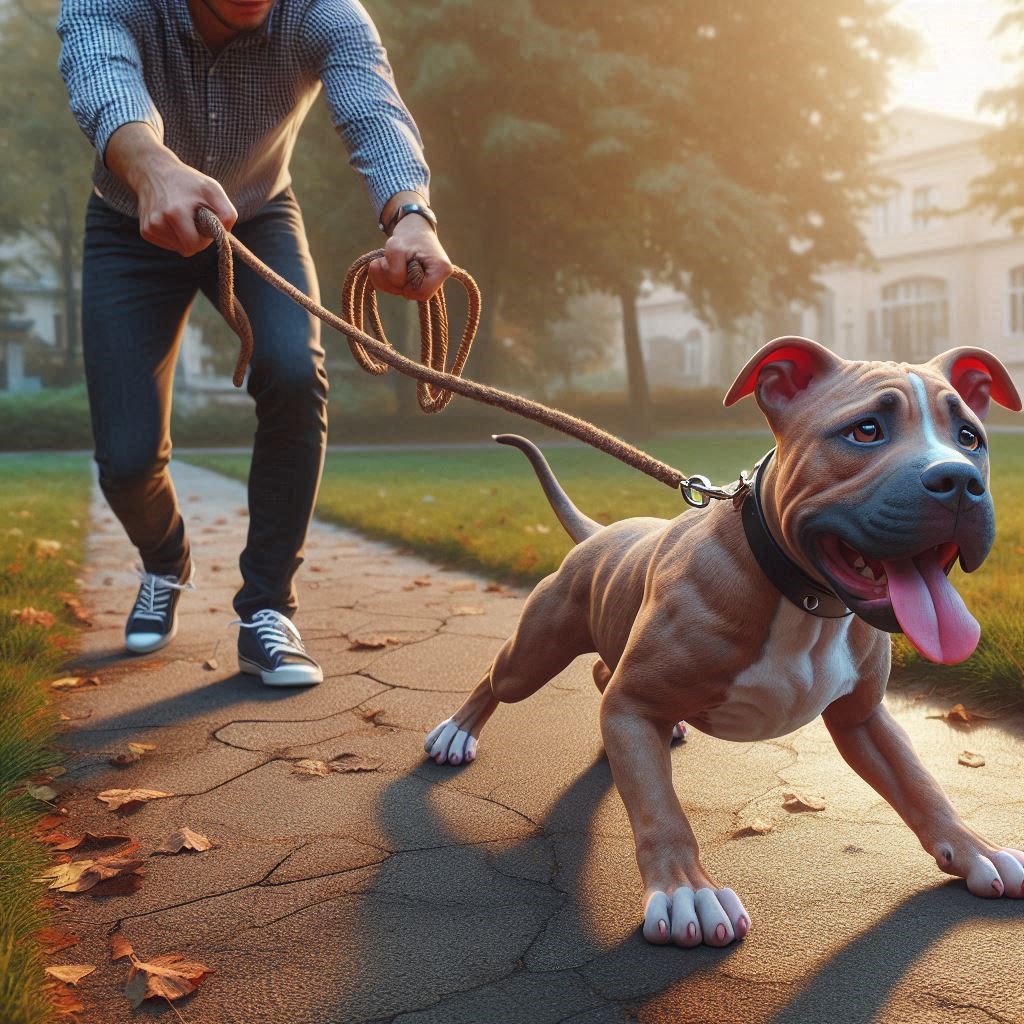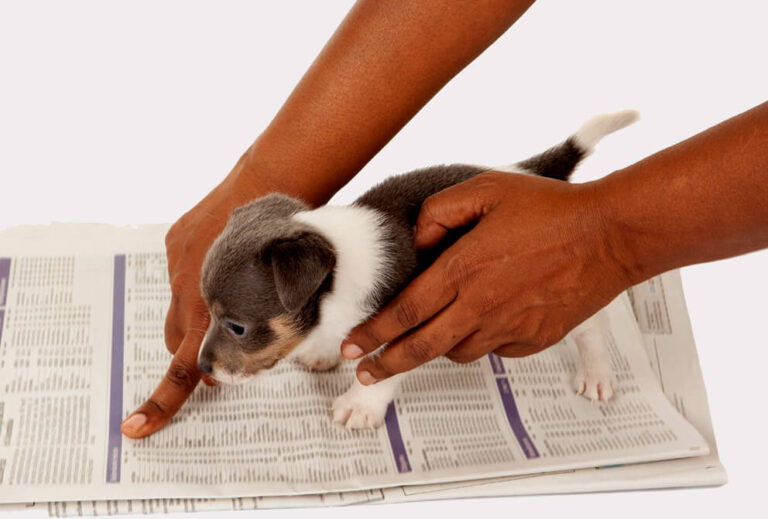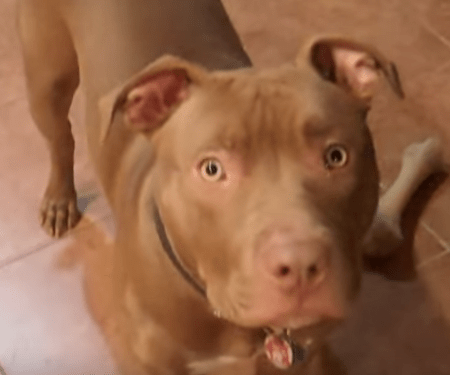
Pit Bulls are intelligent, loyal, and energetic dogs that thrive with proper training and a loving home. As a first-time owner, you might feel overwhelmed, but with the right strategies, your Pit Bull can grow into a well-mannered, affectionate companion. This guide provides practical training tips tailored for new Pit Bull owners, with embedded recommendations for products and resources to make the journey smoother.
Understanding Your Pit Bull
Before diving into training, it’s essential to understand your Pit Bull’s personality and needs. They’re energetic, intelligent, and loyal dogs that thrive on structure and attention.
Key Traits to Keep in Mind
- High Energy: Regular physical and mental activity is crucial to prevent boredom and destructive behavior.
- Eagerness to Please: Pit Bulls are highly trainable when motivated with rewards and positive reinforcement.
- Strong-Willed Nature: They need a confident, consistent leader.
Equip yourself with the best tools for Pit Bull training, like a durable no-pull harness, to set the foundation for safe and effective walks.
1. Establish Leadership with Consistency
Pit Bulls thrive under clear leadership. They look to their owner for guidance and will test boundaries if they sense inconsistency.
Tips for Establishing Leadership
- Set Boundaries: Decide what’s allowed and what’s not—whether it’s access to furniture or feeding routines—and stick to it.
- Use Positive Reinforcement: Reward good behavior immediately to reinforce trust and respect.
- Stay Calm but Firm: Never resort to shouting or aggression; confidence and patience work best.
Explore online dog training courses to gain insights from professionals experienced with strong-willed breeds like Pit Bulls.
2. Master the Basics: Sit, Stay, Come, and Leave It
Basic commands are crucial for communication and safety. Teaching your Pit Bull these commands early sets the stage for more advanced training.
How to Teach Basic Commands
- Start Simple: Begin with “sit” and “stay,” using treats as motivation.
- Be Consistent: Use the same words and gestures every time.
- Reward Immediately: Timing is key—reward your Pit Bull as soon as they obey.
Stock up on high-value treats to keep your Pit Bull motivated during training sessions.

Pooch Pleasing Peanut Butter Cannolis
3. Prioritize Socialization
Socialization is essential for Pit Bulls, as it reduces fear-based behaviors and aggression. Expose them to different environments, sounds, people, and animals.
Socialization Tips
- Start Young: Introduce your Pit Bull puppy to various experiences as soon as they’ve received their vaccinations.
- Reward Calm Behavior: Praise or treat them when they interact positively with new situations.
- Use Controlled Environments: Puppy classes or supervised playdates are excellent for safe socialization.
Check out interactive toys that encourage social and independent play, keeping your Pit Bull entertained and stress-free.
4. Tackle Common Behavioral Challenges
Pit Bulls are intelligent and eager to please, but they may exhibit certain behaviors that need addressing, such as jumping or leash-pulling.
How to Address These Issues
- Jumping: Ignore your dog when they jump and only give attention when all four paws are on the ground.
- Leash Pulling: Use a no-pull harness and reward them for walking calmly by your side.
- Chewing: Provide durable chew toys to prevent destructive behavior.
Shop for indestructible chew toys to curb your Pit Bull’s chewing instincts and protect your furniture.
5. Keep Them Mentally and Physically Stimulated
A bored Pit Bull is often a mischievous one. Regular exercise and mental challenges are key to preventing unwanted behaviors.
Ideas for Exercise
- Daily Walks: At least 60 minutes of walking or jogging.
- Fetch or Tug-of-War: High-energy games that burn off excess energy.
- Agility Courses: Great for mental and physical stimulation.
Mental Stimulation Tips
- Use puzzle feeders during mealtime.
- Teach them new tricks weekly.
- Play scent games, like hiding treats around the house.
Try puzzle toys designed for strong breeds like Pit Bulls to challenge their problem-solving skills.
6. Positive Reinforcement is Key
Pit Bulls respond best to training methods that focus on rewards rather than punishment. Consistently rewarding good behavior builds trust and reduces fear-based reactions.
Tips for Positive Reinforcement
- Use high-value treats your Pit Bull loves.
- Pair rewards with verbal praise and affection.
- Gradually phase out treats as your dog masters commands, relying more on praise.
Call to Action: Consider a subscription for training treat boxes to keep your Pit Bull’s rewards varied and exciting.
7. Avoid Common Pitfalls
Mistakes like inconsistency or harsh punishment can slow training progress. Avoid these common pitfalls:
- Punishing Fearful Behavior: Focus on building confidence instead.
- Skipping Training Days: Consistency is crucial for reinforcing good behavior.
- Expecting Perfection: Training takes time; be patient and celebrate small victories.
Enroll in an online obedience course to stay on track with expert guidance.
8. Seek Professional Help When Needed
If you’re struggling with persistent issues like aggression or anxiety, consult a professional trainer. Look for someone experienced with strong breeds and positive reinforcement techniques.
Browse dog behaviorist directories to find experts in your area.
Why Pet Insurance is Crucial for Pit Bulls
- Accidents and Injuries
Pit Bulls are active and adventurous, which makes them prone to accidents such as sprains, ligament tears, or swallowing foreign objects. Treatments for these issues often require expensive diagnostics, surgery, or medications.- Example: A torn ACL can cost upwards of $3,000 to repair without insurance.
- Breed-Specific Health Concerns
Though generally healthy, Pit Bulls are predisposed to certain conditions:- Hip Dysplasia: This common issue in larger, muscular dogs can lead to mobility problems and arthritis.
- Skin Allergies: Pit Bulls often suffer from environmental or food-related allergies requiring ongoing care.
- Heart Disease: Conditions like aortic stenosis may require specialized treatment and monitoring.
- Emergency Situations
Accidents or sudden illnesses can happen at any time. With pet insurance, you can focus on your dog’s recovery without worrying about immediate financial constraints. - Cost of Chronic Conditions
Chronic conditions such as allergies, thyroid issues, or arthritis can add up over a dog’s lifetime. Insurance can help cover diagnostic tests, medications, and long-term care.
The Path to a Well-Behaved Pit Bull
Training a Pit Bull is about more than obedience—it’s about building a bond based on trust and respect. With patience, consistency, and the right tools, you can raise a happy, well-mannered companion that defies negative stereotypes.
Ready to take the next step? Equip yourself with the best training tools, toys, and courses to make training your Pit Bull a rewarding experience.
Incorporating these tips into your routine will ensure your Pit Bull thrives, making them a proud addition to your family. Use the resources suggested above to enhance your training journey and provide the best care for your loyal friend.




